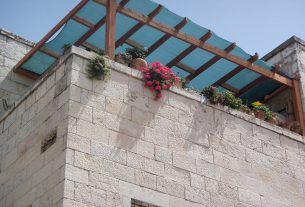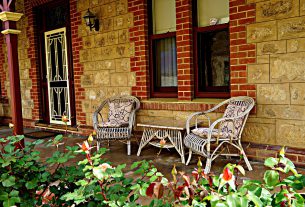Hardscaping includes aspects that are non-living that are included in your landscaping design. Basically, these are elements that are not plants including walls, walkways, patios, decks, gazebos, and other structures that can be found in gardens. By including such structures in your lawn or garden, you can create an aesthetically pleasing area where you can relax and enjoy nature in your own little haven.
How hardscaping is included in the design
When designing your landscape, one of the things that you also need to include is hardscape elements. Designers usually do this by assessing how the land should be a layout, so that they know where to place key elements that are integral in landscaping designs. One perfect example would be taking into consideration the want and need to have an entertainment and outdoor living area in your garden. When this is what you want, then the designer can take the necessary hardscaping elements and arrange them in such a way that they will complement the design without forgetting how a garden should look like.
One of the first things that many designers include in their landscaping designs is walkways and patios. These are usually made from brick, pavers, crushed gravel, and other materials that would complement your lawn. They are built in such a way that their flow in your garden is based on how people interact with the surrounding environment. Together with softscape elements such as shrubs, flowerbeds, and other lush greeneries, these hardscaping elements will complete the garden of your dreams.
Hardscape and softscape elements combined
Well, designed lawns and gardens are those that we’re able to successfully combine both hardscape and softscape elements, and let them complement each other without really competing for attention.
Some tips worth remembering
There are many factors to take into consideration when designing your garden. If you have plans of incorporating hardscaping elements to complete its look, you need to remember that these should be chosen carefully, especially if you have plans of changing the layout of your garden in the future.
When choosing hardscaping elements, make sure that they are in balance and that the curves and shapes of everything that you add in your garden flow smoothly and have a continuous transition from one of the elements to another. As much as possible, avoid using linear elements since it would make your garden look artificial and man-made.
Another important factor that you have to consider for your hardscape design is how they will suit the greenery that you plan to have in your garden. Although hardscaping is suggested in areas that are dry and have climates that do not promote the growth of many plants, you may still want to consider including a little garden so that you will still get in touch with nature.
If you want to get the most out of your garden, get professional help since they know what’s best for your garden. Besides, hiring professional contractors will also avoid the need to deal with damage in the future.





